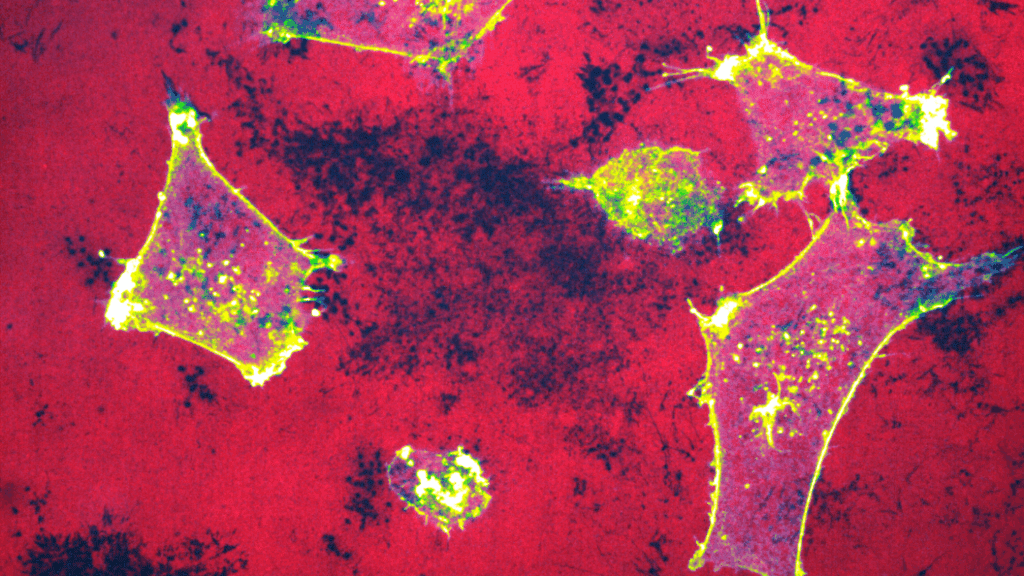MiROM technology enables rapid evaluation of cancer treatments without markers
Researchers from Helmholtz Munich and the Technical University of Munich have developed an innovative method to visualize the progression and effectiveness of cancer treatments directly at the single-cell level – without the use of dyes or molecular markers. The so-called MiROM technology makes it possible to observe protein-based changes in living myeloma cells almost in real time and thus provides early indications as to whether a therapy is responding or not.

MiROM: Making protein changes visible
MiROM stands for “mid-infrared optoacoustic microscopy” and is based on the measurement of molecular vibrations within protein structures. These molecules are excited by means of targeted infrared irradiation, whereupon they emit ultrasonic waves when they absorb the light. These ultrasound signals are used to detect structural adaptations or misfolding in the proteins at an early stage – a process that gives new precision to the detection of malformations in cancer therapies.
In contrast to conventional optical methods, which are based on complex preparations and marker applications, MiROM measures the changes directly and label-free. The resulting signals make it possible to follow the natural “dance” of the molecules and detect even minimal errors in folding – such as the formation of beta-sheets, which are considered markers of incorrectly folded proteins.
Relevance for myeloma therapy
Multiple myeloma is a cancer of the blood that leads to abnormal protein production in the bone marrow and can severely weaken the immune system and organs. For treatment to be as effective as possible, it is crucial to quickly identify how tumor cells react to therapy and whether resistance to medication may develop.
MiROM provides a remedy here by analyzing individual cancer cells in real time and assessing the effectiveness of various therapies without any detours. Only a few cell samples are required and the results are available within a very short time – a decisive advance over traditional methods, which require large samples and a lot of time.
The path to personalized medicine
It is particularly significant that MiROM can detect very specific protein changes such as beta-sheet formation or programmed cell death (apoptosis). This makes it possible to identify individual differences in the therapy response of individual patients. For patients with multiple myeloma, this development opens up the prospect of customized, targeted treatment.
Future prospects for MiROM technology
The researchers see MiROM as a versatile tool that could be used not only in medical research, but also in drug development, diagnostic tests and, in the future, even in patient monitoring at home. Clinical studies with larger patient groups are planned as the next step in order to integrate the technology into daily practice.
Original Paper:
Read also:
Editorial office: X-Press Journalistenbû¥ro GbR
Gender note. The personal designations used in this text always refer equally to female, male and diverse persons. Double/triple references and gendered designations are avoided for the sake of better readability ected.




